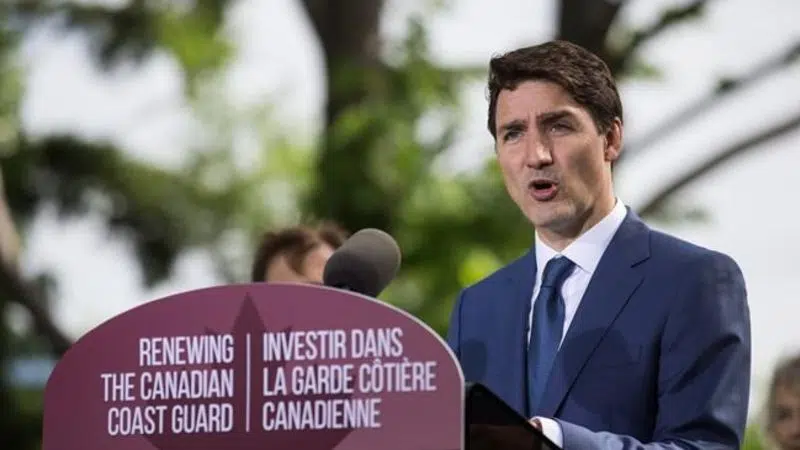
Feds offer $15.8B in new ships to Vancouver, Halifax while opening door to Davie
OTTAWA — The federal Liberals have ripped open Canada’s multibillion-dollar plan to build new ships for the navy and coast guard, prompting cheers and frustration from shipyards in different parts of the country.
Prime Minister Justin Trudeau used a Canadian Coast Guard vessel in Vancouver as a backdrop Wednesday to announce that Ottawa would spend $15.7 billion on new ships for the coastal service.
The spending includes two more Arctic patrol vessels from Halifax-based Irving Shipbuilding, which is building six such ships for the navy, and 16 so-called multi-purpose vessels from Seaspan Shipbuilding in Vancouver.


